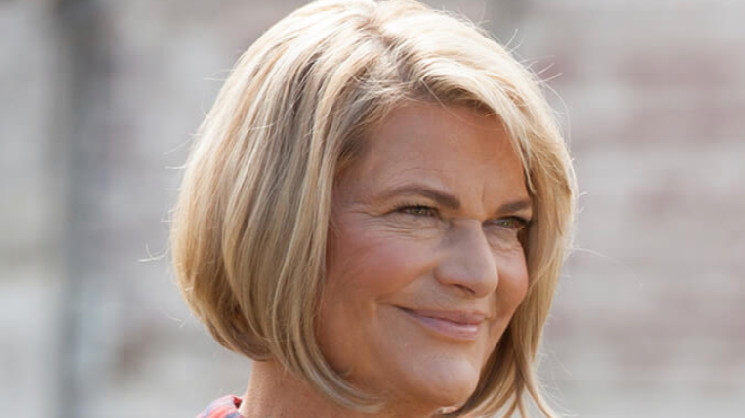There’s a Problem With Senator Lummis’ Bitcoin Reserve Plan, Cato Institute Expert Says
 decrypt.co 30 July 2024 07:45, UTC
decrypt.co 30 July 2024 07:45, UTC Self-proclaimed “Bitcoin senator” Cynthia Lummis (R-WY) announced legislation on Saturday that aims to build a government Bitcoin reserve of 1 million BTC within the next five years. But can it be done?
According to one expert, the actual plan to do so is nothing like Lummis suggested on stage at Bitcoin 2024, where she said the coins would be paid for with “excess reserves” from the nation’s twelve Federal Reserve banks.
“The plan is much less ambitious than that,” George Selgin, director emeritus at the Center for Monetary & Financial Alternatives at the Cato Institute, told Decrypt.
Although the details of Lummis’ plan have yet to be released, based on his own conversations with Lummis’ office, Selgin said the legislation only “indirectly” involves the Fed and is not related to “bank reserves” in the slightest.
“Instead, it is essentially a plan to have the U.S. Treasury purchase 1 million Bitcoin, or about $64 billion worth at today’s price,” he explained.
The plan is in fact the much more modest one of having the gov’t acquire 1 million in BTC, or about $64 billion worth. And the Fed would not actually be acquiring any (though it would be involved in the process). The Treasury alone would acquire them.
— George Selgin (@GeorgeSelgin) July 29, 2024
Part of this purchase would be funded by revaluing the Treasury’s gold held in Fort Knox, Selgin said, which at today’s market price should be worth $353 billion. That’s 60 times the current book value of its gold, which he described as an “accounting fiction” leftover from the old Bretton Woods system several decades ago when the dollar was far more valuable.
Selgin explained that the revaluation process would involve the Treasury issuing new gold certificates to the Federal Reserve that matched the real value of its gold on hand. Afterward, the Fed will credit the Treasury General Account (TGA) with an extra $347 billion, matching the prior increase in liabilities from the gold certificates.
Thus, the Treasury would have more than enough money to acquire 1 million BTC–at least at the current market price.
“This alternative plan is certainly feasible,” said Selgin. “To that extent, I am not so skeptical toward it as I was to what I thought was being contemplated.”
That said, Selgin still has some concerns with the proposal.
He said establishing such a reserve presents a threat to commercial bank stability across the nation. Specifically, every new dollar that leaves the TGA ends up within commercial bank reserves, where they are guaranteed to earn interest from the Federal Reserve.
“Just as ordinary folks keep some money ‘in the bank,’ banks themselves do the same, by keeping deposits at one of the 12 banks in the Federal Reserve System,” the ex-Cato director explained.
During high interest-rate environments, banks are encouraged to keep their cash in those reserve accounts, where they earn a juicy 5.4 percent yield today. To pay that yield to its constituent banks, the Fed can usually depend on dollar-denominated yield-bearing instruments like U.S. Treasury bills, which earn roughly the same annual payout.
However, under Lummis’ plan, the Federal Reserve wouldn’t own Treasury bills to back the increase in commercial bank reserves. It would merely own the gold certificates from the U.S. Treasury, which don’t bear any interest.
“The little independence the Fed enjoys from the executive branch and Congress depends crucially on its long-run ability to generate revenue sufficient to cover all its needs,” he noted on Twitter.
Perhaps Mr. Demeester is unaware of the fact that the little independence the Fed enjoys from the executive branch and Congress depends crucially on its long-run ability to generate revenue sufficient to cover all its needs, including IOR, so it never has to ask for their help. https://t.co/TWBRZAOY8v
— George Selgin (@GeorgeSelgin) July 29, 2024
Overall, Selgin’s biggest skepticism lies with why the Treasury should hold any gold or BTC in the first place. Rather than HODLing, he suggested that the Treasury sell its gold on hand to directly pay down its debt, or fund other endeavors.
“Is there no other purpose that will benefit the public as much as having a $64 billion Bitcoin stockpile would?” he asked. “Concerning such questions, I am afraid I remain as skeptical as ever.”




